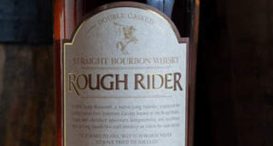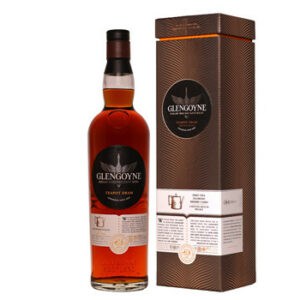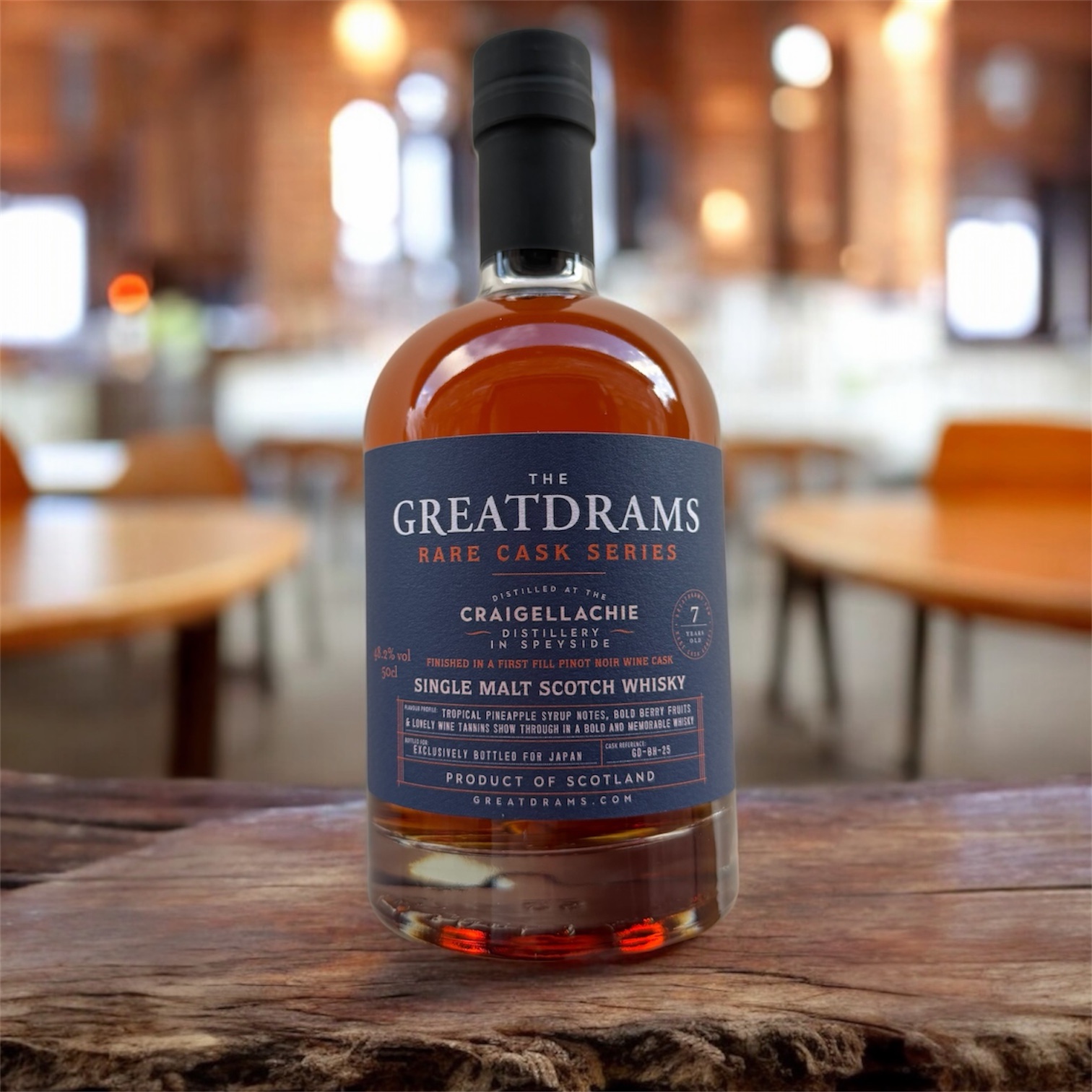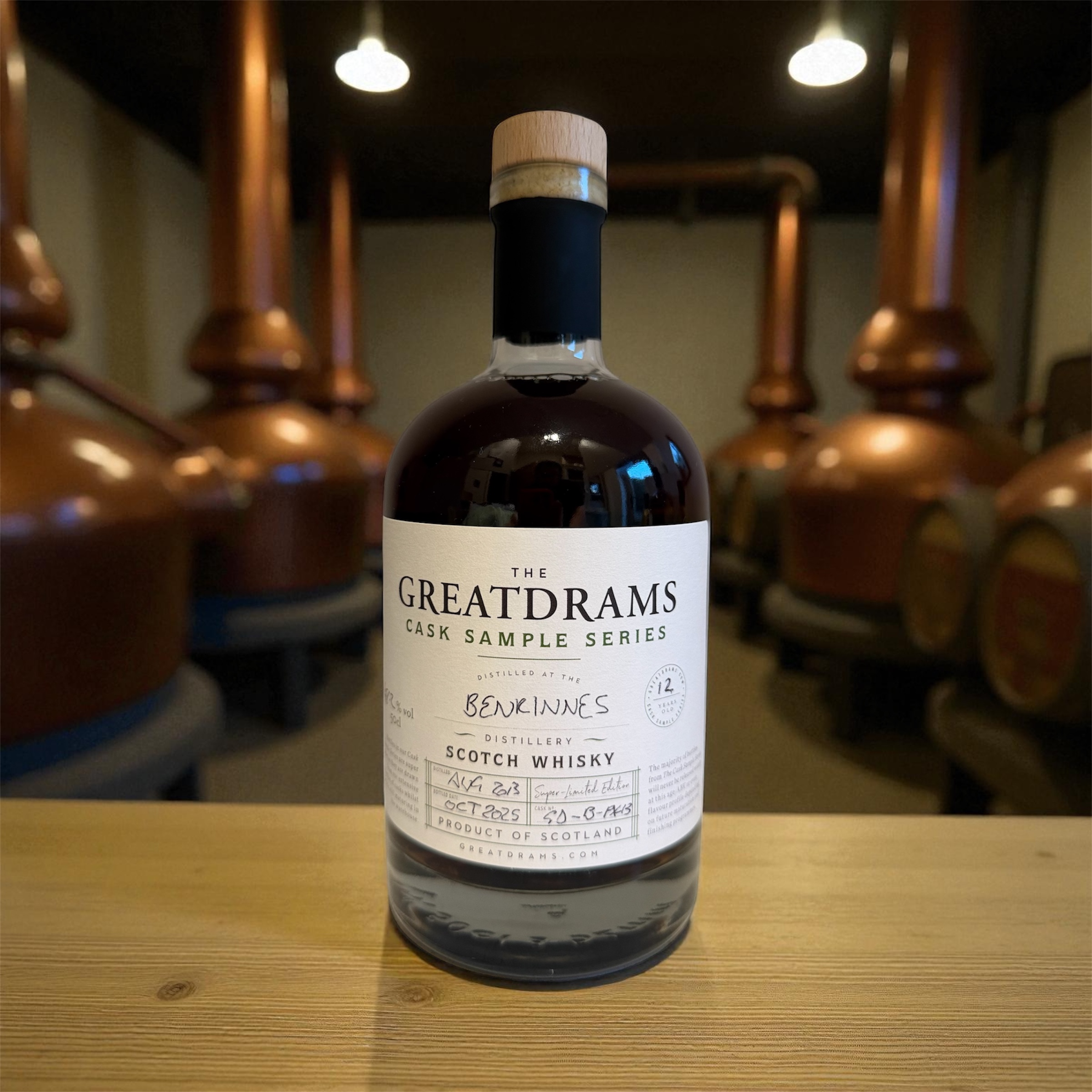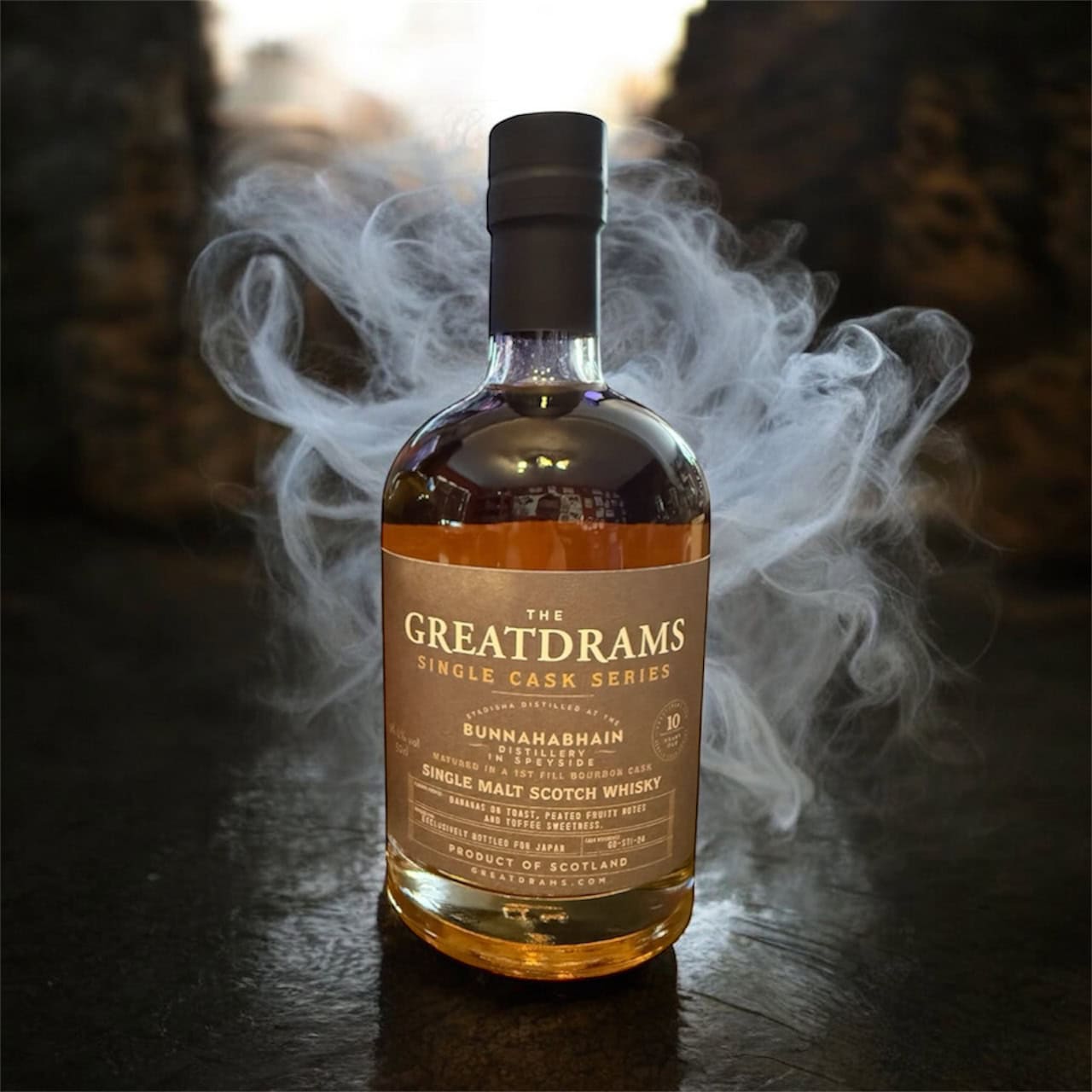From Blenders to Barrel Makers: Meet the Unsung Heroes of the Whisky World
When singing the praises of a fine Scotch, or indeed, any dram for that matter, it’s often the blenders or Master Blenders that get much of the praise. Now, don’t get me wrong, I’ve been in this industry a long time, and I know just how essential blenders are when it comes to the creation of a fine whisky, but creating a whisky is about so much more than that.
Producing an award-winning whisky takes a great deal of time and effort from a whole variety of different people. The process begins when that first seed of barley has been planted into the earth, and it doesn’t end until the whisky bottle has been labelled, sealed, and listed for sale.
Each person involved in the whisky production process plays a key role, yet many of us aren’t even aware they exist, or the roles that they play. I want to change that. That’s why, for today’s article, I’m looking at the unsung heroes of the whisky world.
Farmers
As mentioned, the first step in producing a fine whisky is planting the seeds of the grains used to make the whisky in the first place.
Scotch, as you likely know, is made from water, yeast, and barley. Without the barley, there would be no whisky, it’s that simple. Who do you think plants, grows, and harvests the barley used to produce whisky? Yep, it’s farmers.
Without getting political, farmers in the UK have seen an incredibly tough time as of late, and that isn’t changing anytime soon. They’re overworked and underfunded and yet, despite this, they’re still out braving the British elements, farming the lands and growing the barley needed to produce some of the finest single malts the world has ever seen.
Maltmen
Maltmen also play an integral role in the production of single-malt, yet they too have to be considered unsung heroes of the whisky world.
This is a craft which literally dates back to prehistoric times. Their role is primarily to turn the barley used to produce whisky into malted barley. They would essentially shovel the mountainous piles of barley and spread it evenly across the floor where it would then be left to malt. They would then repeat the process again, but in reverse.
Needless to say, this was a tough, and often thankless task and although not as many distilleries utilise them to this day, there are still maltmen in operation across Scotland.
Coopers
Without barrels, there would be no whisky industry at all. In fact, some would argue that barrels and casks are essential when it comes to whisky production. Without coopers, there would be no casks or barrels.
Cooperage is a craft believed to pre-date the Ancient Romans. It is a time-honoured professional whereby highly skilled craftsmen produce wooden barrels using their bare hands. The workers who produce barrels this way are called Coopers. The belief is that the word is derived from the Latin word for ‘Vat’ which is ‘Cupa’.
In Scotland, it is estimated that there are only around 300 coopers still in operation. Of these, only four distilleries in the country have their own cooperages on-site.
Coopers check the barrels to ensure that they’re watertight, they select woods that will compliment the whisky, and they assess each cask they come across, carrying out any repairs necessary. It’s one of the most skilled professions in the world, and one of the most satisfying. One thing that is for certain is that, without coopers, there would be no whisky industry as we know it today.
Coppersmiths
Finally, we have coppersmiths.
If it weren’t for the coppersmiths who design the pot still used to distil whisky, the whisky you enjoy today would be very different indeed.
Coppersmiths create these pot stills in order to ensure that they efficiently transfer heat during the distillation process. This enables the alcohol vapours to separate properly as part of the process. Copper is used as it interacts with the whisky and removes any impurities, thereby helping to concentrate and enhance the flavour of the whisky.
They design them intricately, creating unique shapes that look more like sculptures and works of art than functioning pieces of machinery. Think of them as enormous copper kettles, as the spirit goes in, it boils, and then the alcohol vapours rise, go into the neck, and then come down into condensers, which then forms the base of the liquid gold we all know and love so much.
Each still is designed differently, from size and shape, meaning no two are exactly alike, and the same can be said for the whisky that they produce.
If you’d like to learn more about your favourite whiskies, or grab yourself a wee dram or two at the same time, head on over to GreatDrams.com and take a look at what we have to offer.
With a large selection of limited-edition, rare, and award-winning whisky, as well as heaps of whisky info on our blog, it’s the perfect spot for any whisky lovers out there.



